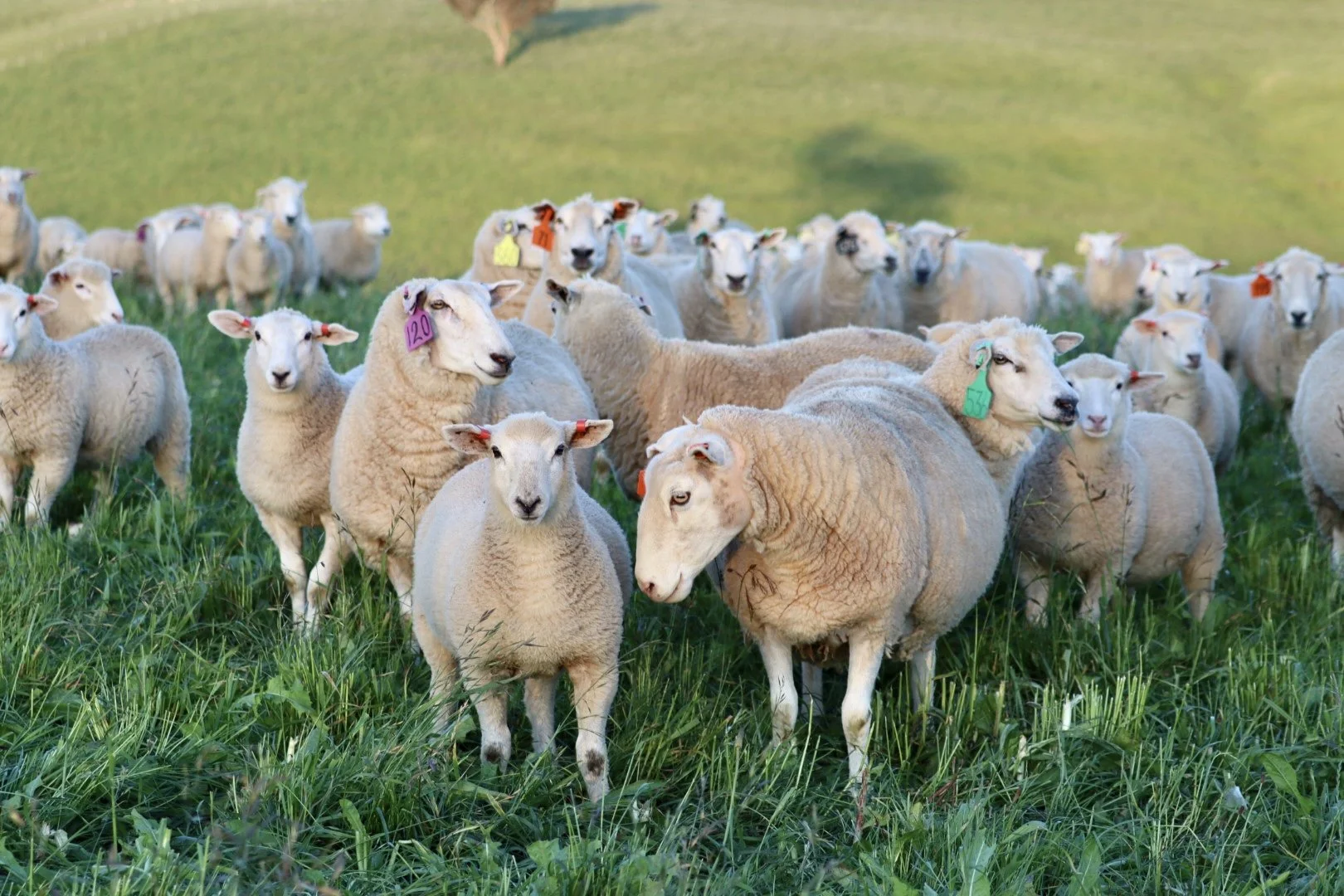Salway Index overview
WE FEEL BY INTRODUCING A CUSTOMISED INDEX WE ARE PRODUCING SHEEP THAT ARE SUITED FOR OUR ENVIRONMENT.
Our aim is to produce lambs on a low cost of growing grass system, while trying to maintain condition score to our breeding ewes. This index plays a role in pushing our key profit drivers, such as lamb survival.
The customised Salway Index has weightings on six key traits that drive profitability.
To push early growth there has been a heavy emphasis placed on Weaning Weight (WWT) – selecting animals that are heavier at weaning compared to their contemporaries.
A negative weighting on Adult weight (AWT) has also been introduced to try and cap adult ewe size. As this index continues to push weaning weight and minimise adult weight, it should favour the curve benders that grow and mature early but only reach a moderate adult weight.
We have placed a strong emphasis on Post Weaning Fat Depth, as well as Post Weaning Eye Muscle Depth. The main difference between this index and the MCP+ is the increased weighting on Fat and Muscle, the MCP+ doesn’t have a weighting fat.
By pushing Fat and EMD traits animals with a higher genetic condition score are being selected so they can lay down more condition when there is a surplus of feed and then utilise their energy stores in times of energy deficit, such as lambing or drought. This acts as a double to assist with improving lamb survival, especially in adverse conditions as ewes have more energy reserves and lambs will be born with more fat cover.
A weighting has also been placed on Post Weaning Worm Egg Count to favour animals that are genetically resistant to worms.
Yearling Weaning Rate and Weaning Rate are also traits that we have placed a strong emphasis on to push early maturity and fertility, while Ewe Rearing Ability – one of the new reproduction component traits – has also been weighted.
By selecting on weaning rate alone some animals that have high litter sizes may be inadvertently selected as this is the most heritable reproduction component trait. By putting an emphasis on Ewe Rearing Ability and Weaning Rate the index is favouring animals that have increased fertility through a combination of their ability to have more lambs and their ability to rear a lamb.


